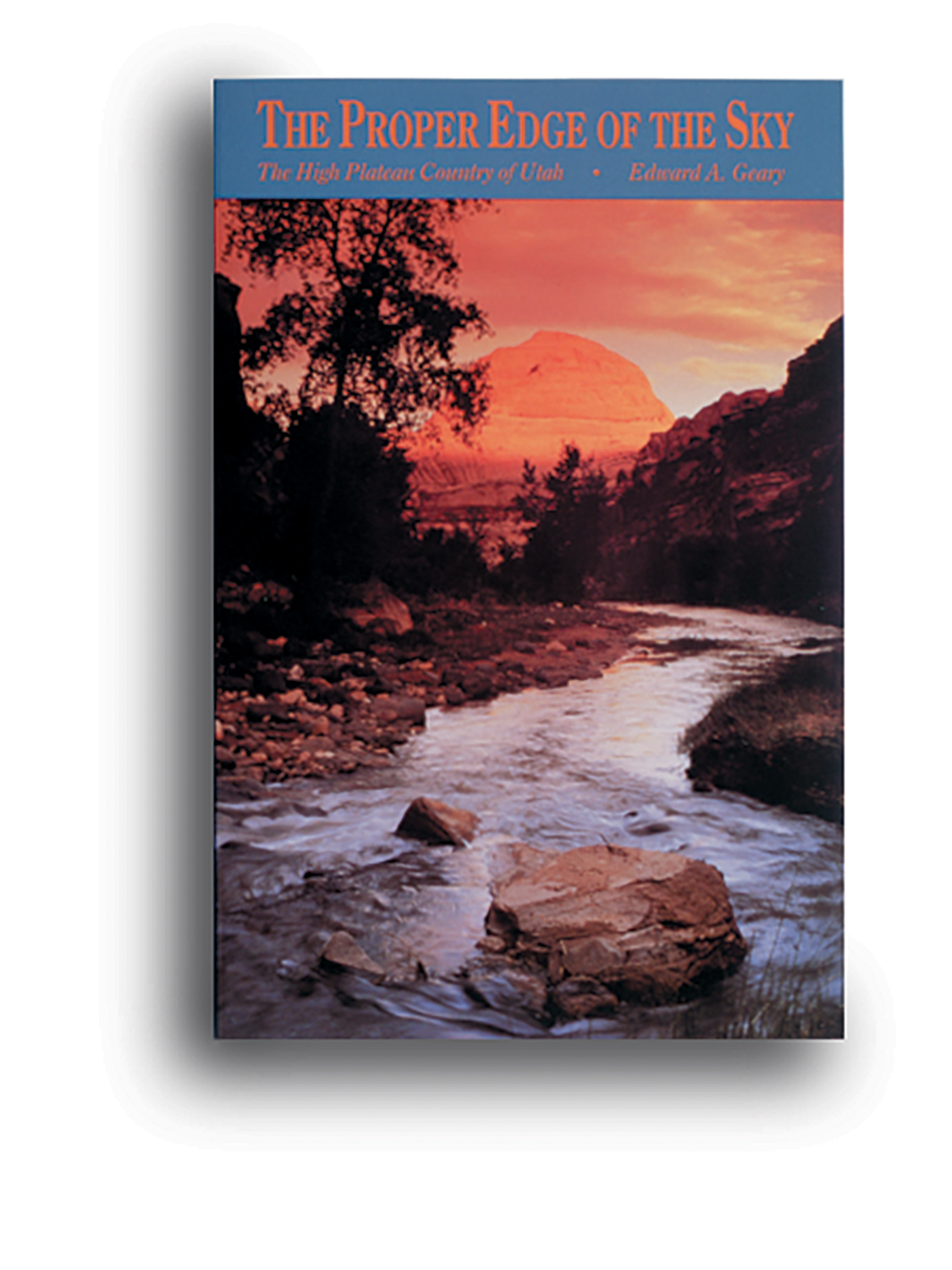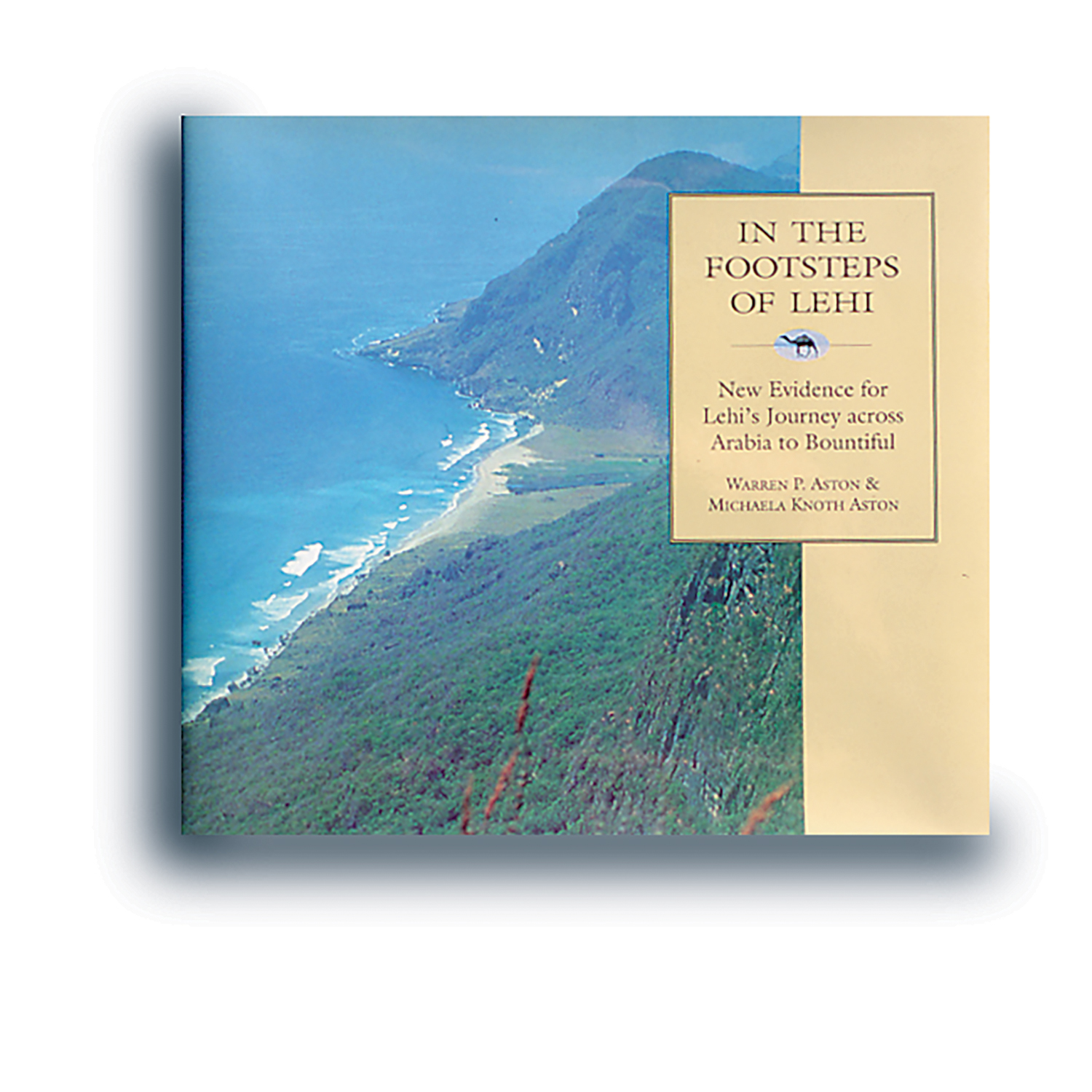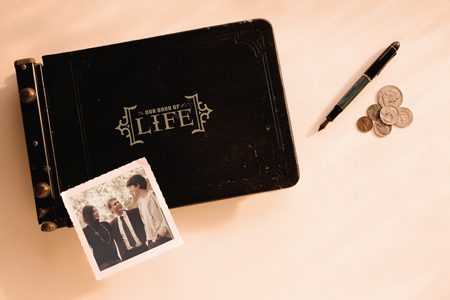The Lord told Joseph Smith that we should “be anxiously engaged in a good cause” and in bringing about “much righteousness” (D&C 58:27). As divine editor of many books (and people), the Lord surely must have assumed (I speak here as one of the scribes) that every one of us would, without being commanded, breathe, eat, and “be anxiously engaged in a good [book]”—else how can we fully understand what “good causes” and “much righteousness” are all about? Common and spiritual sense shout to us that thoughtful and discriminating reading, like eating and breathing, can be ignored, but only at the peril of spiritual anorexia.
Perhaps I am justifying my own good-book habit. I have always read a great deal. I have read myself to sleep as long as I remember. I am happy at home, afield, or abroad only when I can top off the day with my sweet hour of prose (following prayer, of course)—whether by nightstand lamp, campfire light, undercover flashlight, or Coleman lantern. My tolerant frau, Janice—out of inclination and self-defense—has been similarly infected, and so we happily read our way through late evenings, and assume that everyone we meet is likewise currently undergoing a book, though we don’t always ask, or have to. Anxious engagement in reading is like toothbrushing and deodorant-wearing—the effects are quietly evident, the absence more so. I assume that my literature and religion students at BYU are also addicted bibliophiles—as are, of course, all of you alumni. Reading is part of being “anxiously engaged.” Education is, after all, reading and assessing what we’ve read, through spiritual eyes. That’s why I rejoice whenever I hear colleagues trained in British universities say, not “I went to Oxford,” but, “I read at Oxford.” Universities are merely Anxiously Engaged Directed-Readings Institutions, and it is expected that students and alumni of such institutions are readers.
I have read myself to sleep as long as I remember. I am happy at home, afield, or abroad only when I can top off the day with my sweet hour of prose.
Julian Barnes, in Flaubert’s Parrot (1984), opines why most of us are anxiously engaged with book upon book:
Books say: she did this because. Life says, she did this. Books are where things are explained to you; life is where things aren’t. I’m not surprised some people prefer books. Books make sense of life. The only problem is that the lives they make sense of are other people’s lives, never your own.
The keen reader of many books becomes, in time, a focused and schooled reader, a second-hand experiencer, sagacious judge, and astute observer of the dynamics of other lives. Such a reader, if well-founded in the spiritual and mantic purposes of mortal life, gains confidence in knowing what and how to read, and no longer needs a someone—whether a church leader, a university professor, or an institution—to tell him or her what to read or how to assess it. Such a reader knows from his or her soul that thoughtful reading enables penetrating insight and broadened understanding, within contexts of divine and human history,
of one’s own (and humanity’s) Anxious Engagement in Causes which Bring to Pass Much Righteousness. In short, reading extends knowledge, expands perspective, enables sounder judgment, fosters human sympathy and understanding, schools feelings, and promotes such divine attributes as love, mercy and forgiveness. All of that for a mere hour or two each day, a few pennies’ worth of electricity, and eclipsing (bless ’em) Jay Leno and David Letterman.
Let me call your attention to a few books—by and about BYU alumni—that have recently graced the stack of books on my nightstand: Before I put my well-thumbed copy on the shelf, let me recall for you (see “Book Nook,” May 1993), Edward A. Geary’s important and exciting treatment of the human, cultural, and geographical history of the central Utah plateau, The Proper Edge of the Sky (1992), now honored by the Utah Academy of Science, Arts, and Letters and by the national Association of State and Local History.
An unusual workbook (with four cassettes) is my constant automobile companion these days, as I undertake to learn to read and speak Spanish via Professor Robert Blair’s Spanish for Latter-day Saints, a student-friendly self-study course introducing Spanish to LDS people who may be planning and praying for a mission to Spanish-speaking countries (or merely betting that modern Spanish is really Reformed Adamic and necessary if one is to be translated—correctly). Dr. Blair, currently serving as a mission president in Sum=Russia, offers similar courses in French, German, Russian, and Japanese, with Portuguese and Chinese in the wings. Speaking of mission preparation, your family may enjoy the spiral-bound Missionprep (Carr Printing: Bountiful, UT), by Ammon, Andrew, and Gregg Fager—a family missionary training program for would-be-missionaries (five and up) emphasizing missionary discussion and scripture memorization—and wonderful for a series of Family Home Evenings.
Many will treasure, as I do, Carol Cornwall Madsen’s In Their Own Words: Women and the Story of Nauvoo (Deseret Book, 1994), a fascinating recovery, through their diaries, letters, and reminiscences, of the rich spiritual legacy of more than two dozen women of Nauvoo. You’ll also enjoy Reed H. Blake and Spencer H. Blake’s The Carthage Tragedy: The Martyrdom of Joseph Smith (LDS Book Publications, 1994), a fast-paced account of the last 24 hours of the Prophet Joseph’s life. I must mention Truman G. Madsen’s The Radiant Life (Bookcraft, 1994), a worthwhile collection of 10 of Brother Madsen’s vintage sermons and essays incisively centered in a variety of gospel themes. Warren P. Aston and Michaela Knoth Aston’s In the Footsteps of Lehi (Deseret Book, 1994) presents “new evidence for Lehi’s journey across Arabia to Bountiful.” And you’ll find Rulon T. Burton’s We Believe: Doctrines and Principles of The Church of Jesus Christ of Latter-day Saints (Tabernacle Books, 1994) a rich and useful reference work. Brother Burton compiles 898 doctrinal statements, each statement followed by a summary of the doctrine or principle and the prophets’ words elucidating that doctrine, as found in the standard works, conference reports and Church-published books and manuals.
Finally, I commend to you Marilyn Brown’s fine new novel, Royal House (Covenant, 1994), sequel to Shadows of Angels, and volume three in her Utah Valley trilogy. Royal House is a well-crafted novel about change, resounding with immutable resonances from the past (Mormon-Indian relationships), and intense family relationships of the present, all set in post–World War I Provo and the Royal House Hotel (Provo’s historical Roberts Hotel). Hasta la vista! (See!)
Richard A. Cracroft is a professor of English at BYU and director of the Center for the Study of Christian Values in Literature.











